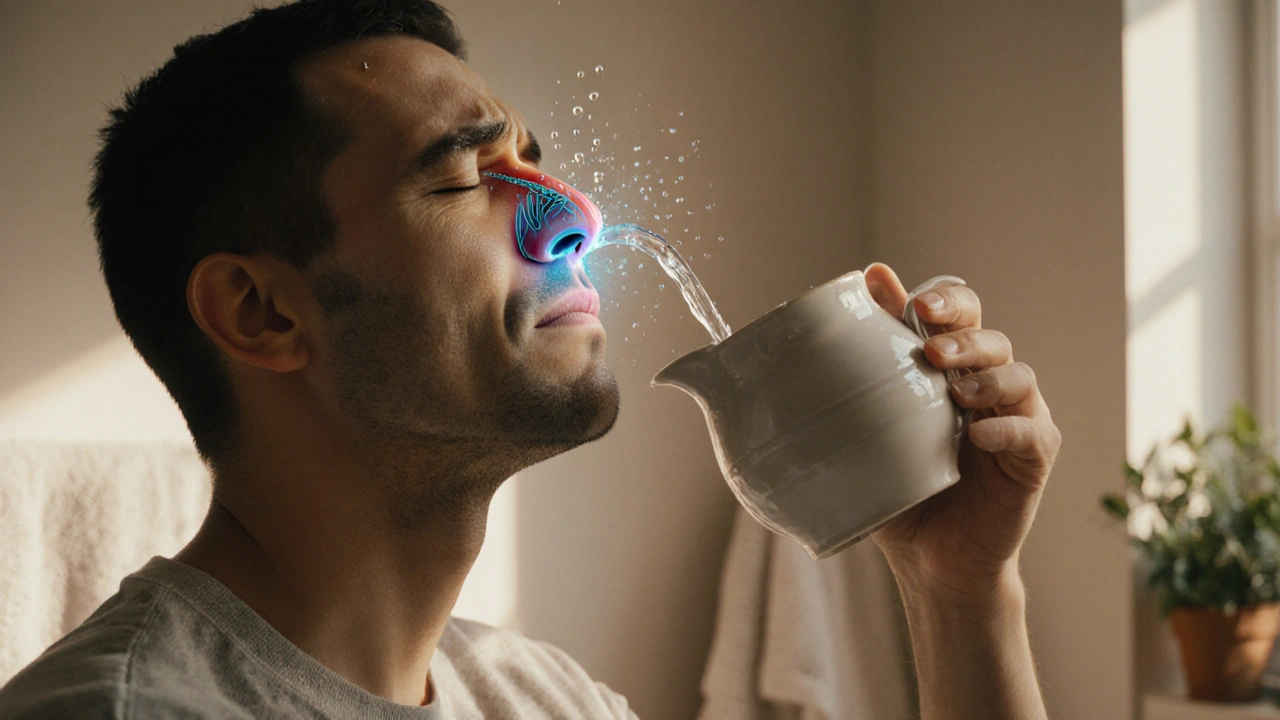Watery Eyes – What’s Happening and How to Fix It
Ever feel like your eyes are leaking like a faucet? It’s a nuisance, but most of the time it’s not serious. Understanding why your eyes water helps you stop the drip and avoid extra irritation.
Why Your Eyes Might Be Watering
Several everyday things can make your eyes produce extra tears. Allergies are a big one – pollen, pet dander, or dust can trigger a histamine response that makes the tear glands go into overdrive. Dry‑eye syndrome works the opposite way: when the surface of the eye is too dry, the body compensates by making more fluid. Infections such as conjunctivitis (pink eye) add mucus to the mix, turning clear tears into a crusty discharge. Even simple irritants like wind, smoke, or a stray eyelash can cause a reflex tear response. Finally, a blocked tear duct prevents tears from draining properly, so they spill over the eyelid.
Quick Ways to Ease Watery Eyes
If you need fast relief, start with a cold compress. A clean, damp washcloth chilled in the fridge for a few minutes can calm the eye surface and reduce excess tearing. Over‑the‑counter artificial tears are another easy fix; they lubricate the eye and break the cycle of irritation. For allergy‑related watering, antihistamine eye drops work well, but avoid rubbing your eyes – that can worsen the problem. Keep your environment clean: use air filters, wash pillowcases often, and wear sunglasses on windy days. If you suspect a foreign body, rinse the eye with sterile saline or clean water, and gently pull the lower lid away to let any particle wash out.
When home steps don’t help, it’s time to get professional help. See a doctor if you notice pain, intense redness, vision changes, or a thick yellow/green discharge – these can signal an infection that needs prescription drops or oral antibiotics. Persistent watering for more than a week, especially if it’s linked to a blocked tear duct, also warrants a visit. An eye specialist can perform a simple dye test to locate blockage and recommend treatments ranging from massage techniques to minor surgery.
Medical treatments vary based on the cause. Prescription anti‑inflammatory drops can calm allergic reactions, while antiviral pills are used for viral conjunctivitis. If a tear duct is blocked, doctors often start with warm compresses and gentle massage; when that fails, a tiny probe or a simple lacrimal surgery can restore proper drainage. For chronic dry eye, medications that increase tear production, such as cyclosporine eye drops, may be suggested.
Bottom line: watery eyes are usually a sign that something on the surface of your eye needs attention. Simple steps like using artificial tears, avoiding irritants, and keeping your eyelids clean solve most cases. Keep an eye out for pain, vision problems, or colored discharge, and don’t hesitate to see a professional. With the right care, you can keep the drip under control and enjoy clear, comfortable vision again.

Saline Nasal Irrigation: Fast Relief for Stuffy Nose & Watery Eyes
Discover how saline nasal irrigation eases congestion and red, watery eyes. Learn the science, best solutions, safe techniques, and practical tips for lasting comfort.